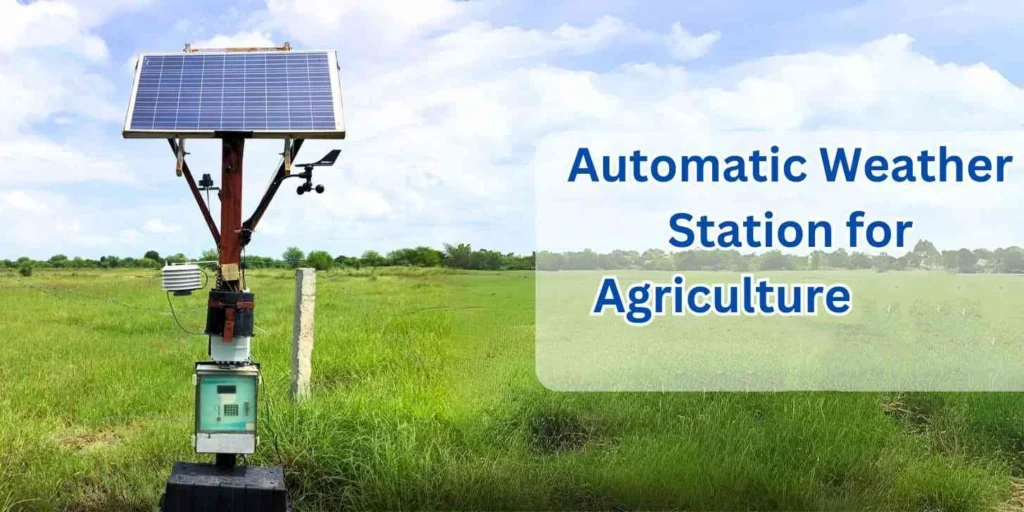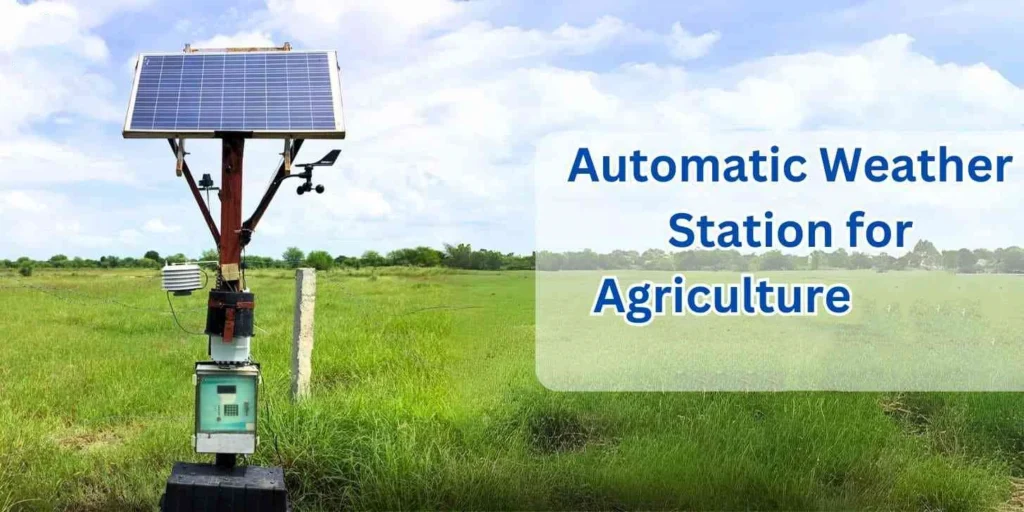
# Automated Weather Station: Enhancing Meteorological Data Collection and Analysis
Weather plays a crucial role in our daily lives, influencing everything from agriculture to transportation. Accurate and timely weather data is essential for making informed decisions. This is where Automated Weather Stations (AWS) come into play. These advanced systems have revolutionized the way meteorological data is collected and analyzed, providing reliable and real-time information.
## What is an Automated Weather Station?
An Automated Weather Station is a sophisticated system designed to measure various atmospheric parameters without human intervention. Equipped with sensors and communication modules, AWS can collect data on temperature, humidity, wind speed, wind direction, rainfall, and more. This data is then transmitted to a central database for analysis and dissemination.
### Key Components of an Automated Weather Station
– Sensors: These are the core components that measure atmospheric conditions. Common sensors include thermometers, hygrometers, anemometers, and rain gauges.
– Data Logger: This device records the data collected by the sensors. It ensures that the information is stored accurately and can be retrieved for analysis.
– Communication Module: This component transmits the collected data to a central server or database. It can use various communication methods, including satellite, cellular, or radio frequencies.
– Power Supply: AWS systems are often powered by solar panels or batteries, ensuring continuous operation even in remote locations.
## Benefits of Automated Weather Stations
The implementation of Automated Weather Stations offers numerous advantages:
– Real-Time Data Collection: AWS systems provide continuous monitoring, delivering real-time data that is crucial for weather forecasting and emergency response.
– Accuracy and Reliability: Automated systems reduce human error, ensuring that the data collected is accurate and reliable.
– Cost-Effective: Once installed, AWS systems require minimal maintenance, making them a cost-effective solution for long-term weather monitoring.
– Remote Accessibility: These stations can be deployed in remote or inaccessible areas, expanding the coverage of meteorological data collection.
## Applications of Automated Weather Stations
Automated Weather Stations are used in various fields, including:
– Agriculture: Farmers rely on accurate weather data to make informed decisions about planting, irrigation, and harvesting.
– Aviation: Airports use AWS to monitor weather conditions, ensuring the safety of flights.
– Disaster Management: Real-time weather data is crucial for predicting and responding to natural disasters such as hurricanes, floods, and wildfires.
– Research: Scientists use AWS to study climate patterns and environmental changes over time.
## Challenges and Future Directions
While Automated Weather Stations offer numerous benefits, they also face certain challenges:
– Maintenance: Ensuring the continuous operation of AWS systems requires regular maintenance, especially in harsh environments.
– Data Security: Protecting the data collected by AWS from cyber threats is a growing concern.
– Integration: Integrating AWS data with other meteorological systems and models can be complex.
Despite these challenges, the future of Automated Weather Stations looks promising. Advances in sensor technology, data analytics, and communication systems are expected to further enhance the capabilities of AWS, making them even more integral to meteorological data collection and analysis.
## Conclusion
Automated Weather Stations have transformed the field of meteorology, providing accurate, real-time data that is essential for various applications. As technology continues to evolve, these systems will play an increasingly important role in understanding and predicting weather patterns, ultimately contributing to a safer and more informed society.
Keyword: automated weather station
